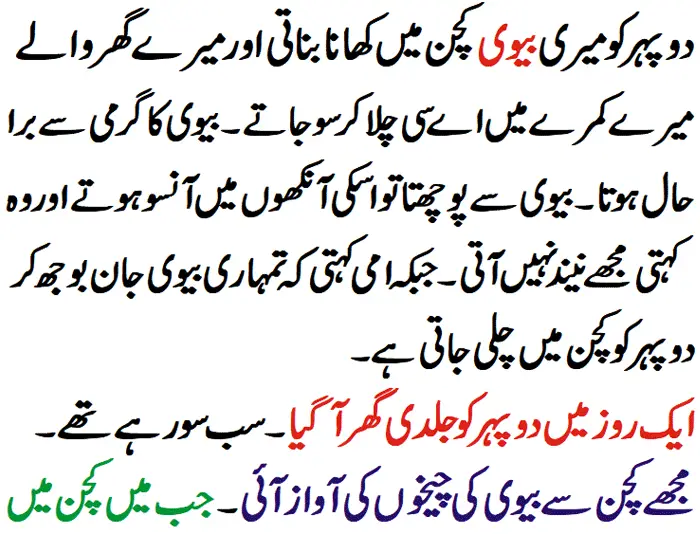What Is Ubtan?
A Historical Overview
Ubtan is an ancient beauty ritual that dates back thousands of years. Traditionally used in Indian households, especially during weddings, it is celebrated for its ability to cleanse, exfoliate, and brighten the skin.
- Cultural Significance: Often used in pre-wedding ceremonies, ubtan is believed to purify and enhance the natural glow of the skin.
Ingredients of Ubtan
Ubtan is typically made from a variety of natural ingredients that vary depending on the specific skincare needs. Common components include:
- Turmeric: Known for its anti-inflammatory and brightening properties.
- Chickpea Flour: Acts as a gentle exfoliant.
- Sandalwood Powder: Helps in cooling and soothing the skin.
- Rose Water: Provides hydration and a soothing effect.
- Milk or Yogurt: Acts as a moisturizer and exfoliant.
- Almonds: Provide nourishment and mild exfoliation.
Benefits of Using Ubtan
Natural Exfoliation
Ubtan gently removes dead skin cells, revealing fresh, glowing skin underneath. Unlike chemical exfoliants, it’s mild and suitable for all skin types.
- Why It’s Effective: The granular texture of chickpea flour and almonds helps to slough off dead skin without causing irritation.
Skin Brightening
Ingredients like turmeric and sandalwood are known for their ability to brighten the skin and even out the complexion.
- Why It’s Effective: Turmeric contains curcumin, a powerful antioxidant that helps reduce pigmentation and adds a natural glow.
Detoxification
Ubtan helps in drawing out impurities and toxins from the skin, leaving it cleansed and refreshed.
- Why It’s Effective: Natural clays and herbal powders absorb excess oil and cleanse the pores deeply.
Improved Skin Texture
Regular use of ubtan can lead to smoother, softer skin by improving its overall texture.
- Why It’s Effective: The combination of exfoliation and moisturizing ingredients helps in smoothing out rough patches and softening the skin.
How to Prepare Ubtan at Home
Traditional Ubtan Recipe
Creating your own ubtan at home is simple and allows you to tailor the ingredients to your skin’s needs. Here’s a basic recipe to get you started:
- Ingredients:
- 2 tablespoons chickpea flour
- 1 teaspoon turmeric powder
- 1 tablespoon sandalwood powder
- 1 tablespoon almond powder
- 2-3 tablespoons rose water (or milk/yogurt for dry skin)
- Instructions:
- Mix the Dry Ingredients: In a bowl, combine the chickpea flour, turmeric, sandalwood powder, and almond powder.
- Add the Liquid: Gradually add rose water or milk/yogurt until you achieve a smooth paste.
- Adjust Consistency: The paste should be thick enough to spread easily without dripping.
Customizing Your Ubtan
You can customize the basic recipe to address specific skin concerns:
- For Dry Skin: Add more milk or yogurt for extra hydration.
- For Oily Skin: Use fuller’s earth (multani mitti) instead of chickpea flour to absorb excess oil.
- For Sensitive Skin: Use less turmeric and add a teaspoon of honey for soothing effects.
How to Use Ubtan for Exfoliation
Step-by-Step Guide
- Cleanse Your Face: Start with a clean face. Use a gentle cleanser to remove any makeup, dirt, or oils.
- Apply the Ubtan: Using your fingers or a brush, apply the ubtan evenly on your face and neck. Avoid the eye area.
- Gently Massage: Using circular motions, gently massage the ubtan into your skin for 2-3 minutes. This helps in exfoliating the dead skin cells.
- Let It Sit: Leave the ubtan on for about 10-15 minutes. This allows the ingredients to penetrate the skin and work their magic.
- Rinse Off: Rinse your face with lukewarm water, gently massaging as you rinse to further exfoliate.
- Moisturize: Pat your skin dry with a soft towel and follow up with a moisturizer to lock in hydration.
How to Use Ubtan for Brightening
Step-by-Step Guide
- Prepare Your Skin: Cleanse your face to ensure there’s no residual makeup or dirt.
- Apply the Ubtan: Apply a thin layer of the ubtan paste evenly on your face and neck.
- Allow It to Dry: Let the ubtan dry completely. This may take about 20-25 minutes.
- Gently Scrub Off: Using damp hands, gently scrub off the ubtan. The dried paste will help in further exfoliation and brightening.
- Rinse Thoroughly: Rinse your face with cool water to remove any remaining paste.
- Tone and Moisturize: Use a toner to restore your skin’s pH balance and follow up with a brightening moisturizer.
Frequency of Use
- For Exfoliation: Use ubtan 2-3 times a week for best results.
- For Brightening: Use 1-2 times a week to maintain a radiant complexion.
Tips for Maximizing Ubtan Benefits
Patch Test First
Before applying ubtan on your face, do a patch test on your inner arm to check for any allergic reactions.
- Why It’s Important: Ensures that you don’t have an adverse reaction to any of the ingredients.
Adjust According to Skin Type
Customize your ubtan recipe to suit your skin type and concerns for optimal results.
- Why It’s Important: Different skin types have different needs, and customizing helps in addressing specific issues.
Stay Consistent
Regular use of ubtan can provide long-term benefits for your skin.
- Why It’s Important: Consistency helps in maintaining skin health and achieving desired results.
Protect Your Skin
After using ubtan, your skin may be more sensitive to the sun. Use sunscreen to protect your skin from UV damage.
- Why It’s Important: Protects your skin from sunburn and pigmentation.






